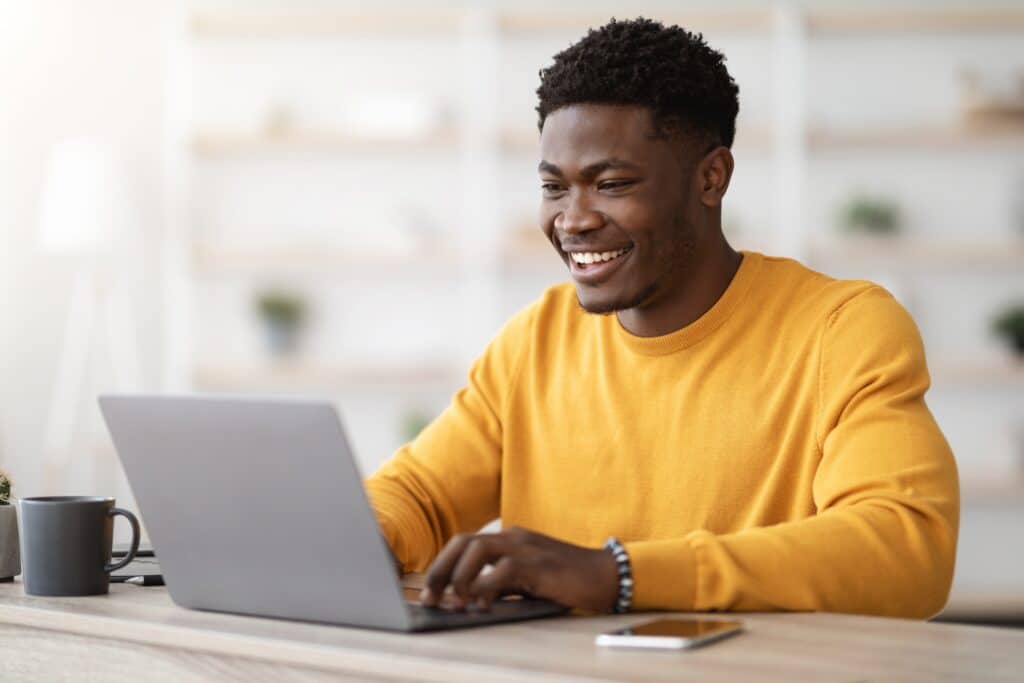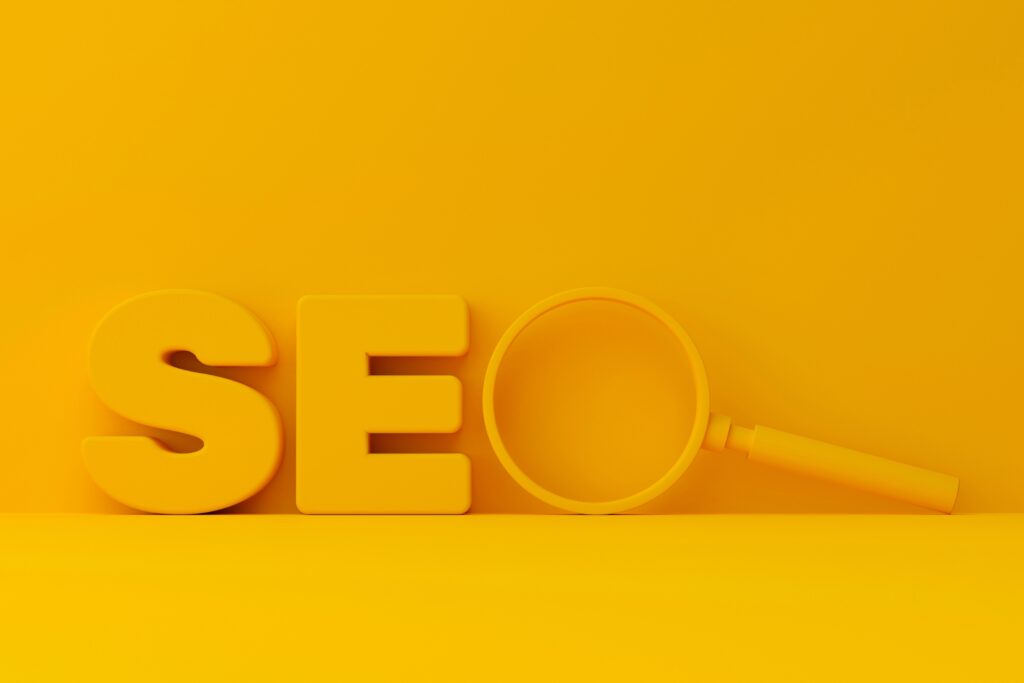
SEO or Google Ads? In today's digital landscape, online visibility is integral to reaching business goals and capturing customer interest. Two widely utilized strategies to increase online presence are Search Engine Optimization (SEO) and Google Ads. But which one is better to focus on? Can you use both? Before we dive into that debate, let's establish what these two tools are.
SEO involves optimizing your online content so that a search engine, such as Google, will show it as a top result for searches of certain keywords. On the other hand, Google Ads is a paid advertising platform where businesses pay to have their advertisements displayed on Google’s search results pages and its associated network. Both of these tools serve unique purposes and come with their own sets of advantages and challenges.
As we journey through this blog post, we will look at how these strategies can work independently and together to bolster your business's online visibility, whether you’re aiming for quick returns or building a solid foundation for the long term.
Understanding SEO
SEO is a digital marketing strategy that businesses use to improve their online presence. It is a long-term strategy, one that requires consistent updates and optimizations, providing a slow yet steady growth in website traffic. However, the effort invested in a robust SEO strategy is well worth it in the long run.
One of the main components of a successful SEO strategy is the quality of your content. There's a reason why you so often hear the phrase "content is king." High-quality content is essential to keep your visitors engaged and encourage them to spend more time on your website. The more relevant and valuable your content is to your audience, the more likely Google is to rank your site higher in its search results.
But creating great content isn't the only requirement for a successful SEO strategy. You also need to ensure your website is fully optimized around specific keywords. Keywords are the words or phrases that people use when searching for something on the web. By optimizing your site for relevant keywords, you increase the likelihood that your site will appear in the search results when potential customers use those keywords.
Other essential SEO components include backlinks - links from other websites to yours, which act like votes of confidence and can significantly boost your site's credibility. There's also a need to pay attention to meta tags like title tags and meta descriptions, as they provide search engines with information about your web pages and can affect click-through rates.
In summary, SEO is all about building a robust and trustworthy website that delivers high-quality, relevant content. It may take some time to see results, but once you do, the benefits are sustainably rewarding. This organic reach is integral to building a reputable digital presence. However, for quicker returns or to supplement your SEO efforts, you might want to consider integrating Google Ads into your strategy, as we'll explore in the next section.
Understanding Google Ads
Google Ads is a powerful platform that allows businesses to create online advertisements, which appear on Google's search engine results pages (SERPs) and other Google properties. Unlike SEO, which depends on organic search results, Google Ads is based on a pay-per-click model, meaning you pay each time a user clicks on your ad.
One major advantage of Google Ads is immediate visibility. While building a strong SEO presence takes time and patience, Google Ads can put your business at the top of search results almost instantly. This feature is particularly valuable for new businesses looking to get in front of potential customers quickly, for promotions with a specific timeframe, or for targeting particular demographics.
Additionally, Google Ads offers powerful targeting options, making your marketing campaign more efficient by ensuring that your ads are shown only to relevant audiences. You can target users based on specific keywords, location, demographics, and even the level of interest in specific topics.
However, be mindful of your budget with Google Ads. Unlike SEO, where the investment is largely in the form of time and effort, Google Ads is primarily a money investment, and costs can add up quickly if your campaigns are not properly managed. Luckily, Google Ads provides tools to control your daily budget and total campaign spend.
Despite these differing characteristics, using Google Ads and SEO together can offer a comprehensive digital marketing strategy that supports both short-term and long-term objectives. In the next section, let's delve into how to leverage both SEO and Google Ads effectively.
SEO or Google Ads? How to Leverage Both

A great way to understand the impact of SEO and Google Ads is to think about SEO as owning a spot on Google and Google Ads like renting a spot on Google. Both are highly effective strategies, but like owning a home, it takes time to save for the down payment and build your credit score. Being without a place to live is not an option for most of us, and the same principle applies to our presence on Google. While you're working on building your credibility and authority with organic Google Search, you can still appear at the top of SERPs with the help of skillfully designed and targeted ads.
One of the most common questions we get from clients is something along the lines of, "When can I stop spending so much on ads and focus more on SEO?" The reality for businesses just starting out is that it takes time to establish yourself with Google. With a hefty and diligent SEO strategy, companies can see results in as little as 3 months, whereas less involved campaigns can take up to a year to start seeing results. In other words, you get out what you put in.
Determining when to shift focus from ads to SEO can be a tricky choice, but we always recommend slowly adjusting budgets based on quantifiable data. The cold turkey method of switching off ads completely and focusing entirely on SEO might be feasible for established companies that don't focus on short-term marketing goals but not for smaller, lesser-established brands that bank on timely user interactions and conversions. We recommend levering both tactics for maximum return on investment.
Here are some practical tips on how to do this:
- Use Google Ads for Keyword Research: The Keyword Planner tool in Google Ads can give you insights into how often certain keywords are searched, the level of competition, and an estimate of how much you'll have to bid to show up in search results. This insight can be invaluable for your SEO efforts, guiding your content creation and optimization strategies.
- Achieve Comprehensive SERP Coverage: When you rank well organically and have related PPC advertisements running, your website has more chances of appearing at multiple spots on SERPs. This increased visibility not only creates a larger footprint on results pages but also builds trust with users, who are more likely to click when they see a brand multiple times.
- Target Different Stages of the Buyer's Journey: SEO excels in targeting users in the awareness and consideration stages with informative and engaging content. Meanwhile, Google Ads are perfect for users in the decision or action stages, as ads can feature enticing calls-to-action and promotions to prompt immediate responses.
- Test Keywords with PPC Before Building an SEO Strategy: It takes time to rank organically for a keyword, but with PPC, you can test the effectiveness of keywords quickly. If a keyword performs well in PPC, it's worth investing in SEO efforts for that term.
- Quickly Respond to Changes and Trends: SEO is a long game. However, Google Ads can be adjusted and optimized on-the-fly making it perfect for reacting to changing market trends, seasonal promotions, or launching a new product.
By leveraging both SEO and Google Ads in your digital marketing strategy, you gain the capacity for instant online visibility through PPC, alongside sustained organic traffic from your SEO efforts. As we'll see in the next section, many successful businesses have adopted this approach for impressive results.
Case Studies and Real-life Examples
Learning from successful companies' experiences can greatly enhance your understanding of how to leverage both SEO and Google Ads efficiently. Here are a few case studies highlighting how these businesses have managed to use these tools to fuel their growth strategically.
- Airbnb: Airbnb excels both in organic search results and paid advertisements. They utilize SEO by optimizing their content around keywords related to travel and accommodations, resulting in a strong organic presence. Simultaneously, they use Google Ads to target specific demographics and locations to advertise their services effectively. These combined strategies have contributed greatly to their extensive online visibility and success.
- Zappos: Online retailer Zappos is another prime example that efficiently uses both SEO and Google Ads. Their strong keyword game, high-quality content, and strongly optimized site structure all contribute to their SEO success. Meanwhile, their Google Ads campaigns help address immediate business needs and target customers further down the sales funnel. Zappos' integrated marketing strategy serves as a great example for businesses looking to expand their online presence.
- Moz: A leading SEO software company, Moz leverages the power of its informative, high-quality content to achieve impressive results in organic search. However, Moz doesn’t rely solely on SEO. They run Google Ads campaigns targeting their software's high-value keywords, gaining immediate visibility and driving potential customers to their service.
These real-life examples provide valuable lessons. Firstly, neither SEO nor Google Ads should function in a bubble. Both should form part of a larger digital marketing strategy tailored to your business goals. Secondly, it's crucial to constantly monitor, adjust, and experiment with both SEO and Google Ads strategies - digital marketing is always evolving, and so too should your approach. As these companies have shown, a balanced, dynamic strategy that leverages both SEO and Google Ads can lead to substantial online success.
Conclusion
To conclude, both SEO and Google Ads stand as powerful tools in their own right, but leveraging them together can provide a comprehensive and effective digital marketing strategy. Businesses can reap the sustained benefits of a strong SEO presence, such as increased organic traffic and improved brand credibility, while also harnessing the power of Google Ads for immediate visibility and highly targeted advertising.
However, it's crucial to remember that no one-size-fits-all strategy or preset formula ensures success. The key lies in finding the right balance and alignment with your specific business goals. Whether you're skewed towards an SEO-heavy approach, rely more on Google Ads, or maintain a balanced mix, the strategies explained in this post should serve as a guide to understanding and implementing these tools effectively.
The constantly evolving realm of digital marketing demands perpetual learning and adaptability. Therefore, keep testing, learning, and refining your strategies, using companies like Airbnb, Zappos, and Moz as sources of inspiration. Through thoughtful implementation and continuous optimization, you can indeed leverage both SEO and Google Ads to boost your business's online visibility and performance.


